Bud Ekins' 1938 Triumph Speed Twin
If it hadn’t been for an engineer named Edward Turner, Marlon Brando might have ridden a Harley in “The Wild One” and Steve McQueen might have ridden a Honda in “The Great Escape.” Both rode Triumphs into film and pop culture history.
In the 1953 classic Columbia Pictures “The Wild One” Marlon Brando, aka Johnny, and most of his Black Rebels MC buddies trundled around on Triumphs and other Brit bikes while the “bad guys”, as represented by Lee Marvin (playing the part of Boozefighters MC co-founder “Wino” Willy Forkner), rode Harleys. Not so incidentally, and here’s a bit of trivia…what was the name of Marvin’s gang…give up? The Beatles. No kidding and some think the inspiration for the band name chosen by those four Mopheads who later made a few records. Adding fuel to the fire is the fact that the Beatles used the scene from the movie where Marvin introduces The Beatles at the beginning of The Beatles Anthology. Plus a photo of Brando as Johnny showed up on the cover of Sergeant Pepper's Lonely Hearts Club Band. (Want more trivia? Johnny’s last name in the movie was Strabler.)
As for Steve McQueen’s famous, though thwarted, escape attempt on a motorcycle in “The Great Escape” circa 1967, he rides a German WWII Wehrmacht gray painted 1961 Triumph TR6 Trophy Bird. As is well known McQueen was an expert rider, competing in many racing events and happy to perform much of his own stunt riding. His motorcycle skills, however, got him in trouble early on. For example, although he dropped out of school in the 9th grade he was later accepted at the Carnegie Institute of Technology, but was expelled for riding his bike through the halls of the College of Fine Arts building. Later his film company, Solar Productions, produced a movie called “On Any Sunday.” Now that’s art.
McQueen’s first bike was a 1946 Indian Chief, but one day in the 1960s while riding in L.A. with his fellow actor Dennis Hopper (aka “Easyriders”), he watched some off-road riders in action on a nearby steep hill. The very next day McQueen bought himself a 500cc off-road Triumph from a dealership run by none other than Bud Ekins. The two became fast friends, literally, with Bud introducing Steve to off-road competition, at which both excelled. To get around his movie contracts, McQueen raced under the pseudonym Harvey Mushman.
In “The Great Escape” McQueen rode the Triumph disguised to look something like a German DKW or NSU as used by the Germans at the time, but he was not allowed to risk his very expensive neck in the final scene when jumping the barbed wire barricade separating home from freedom in neutral Switzerland. That famous bike jump was given to his friend and fellow bike racer/stuntman Bud Ekins. Besides being a top notch competitor, taking four Gold and a Silver during the 1960s ISDT events, plus winning the Big Bear Endurance, the Catalina GP and the SoCal District One plate seven times, Bud rode everything on two and four wheels, including the dark green 1968 Ford Mustang GT that “starred” along with his buddy McQueen in the classic cop move “Bullitt.” He also appeared in the TV series ChiPs and dozens of movies including The Blues Brothers, Electra Glide in Blue, Race with the Devil, Sorcerer and Diamonds are Forever. He was a member of the Motorcycle Hall of Fame and Off-road Hall of Fame. While Steve McQueen, at 50, passed away in 1980, Bud Ekins went to the wide open racetrack in the sky in October 2007.
This is where this story catches up with the bike seen here, an all original 1938 Triumph 5T Speed Twin, a milestone machine in many ways. The Ekins Triumph is now in the capable hands of Los Angeles area Brit bike collector/restorer/rider Olaf Hassel. Olaf’s roots are in Norway, but he grew up in London so Brit bikes are in his DNA as well.
In fact the company was going under by 1936 until bought and revived by Jack Sangster, who almost immediately hired Turner, the two saving the day, Triumph and perhaps the British motorcycle industry. While Turner started by designing 250, 350 and 500 singles for his new Triumph employers, within a year he had designed the all new 500c Speed Twin which became a smashing success that turned the industry on its ear and revived Triumph to international prominence. Here was a bike that weighed about 365 lb and featured a compact new design with a narrow crankcase. Set in a rigid frame, the 500cc with a mild 7:1 compression ratio and fed by an Amal carb with remote reservoir pumped out 26 mph, good enough to blast 90 mph in 1938 and whump the heavier competition.
Bud Ekins knew what he was looking at when he discovered this bike many years ago in England and so purchased it, bringing it back to his L.A. shop. It then changed hands in 1991, going to another collector and then some 17 years later joined the stable of English thoroughbreds inhabiting Olaf’s garage. If interested in more info you can contact Olaf via his email at [email protected].
Related Reading:
Bob Gill Jet Bike
Jack Lilly’s 1939 Crocker
Marty Dickerson Interview
More by Paul Garson



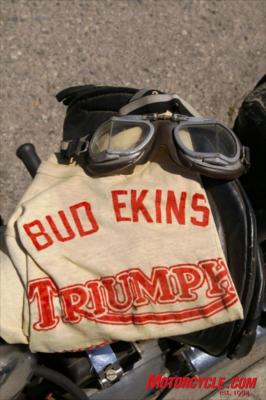




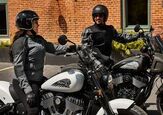
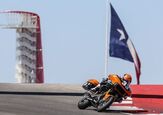
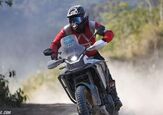
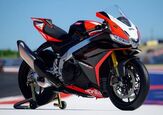

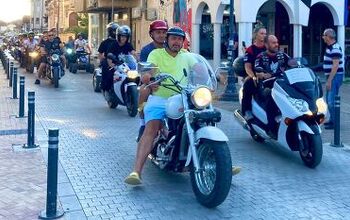
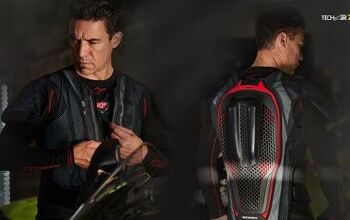
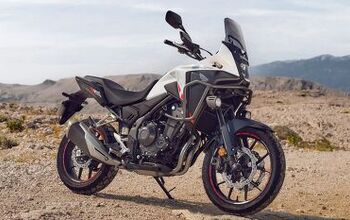
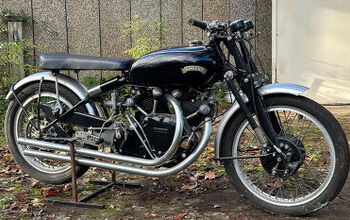
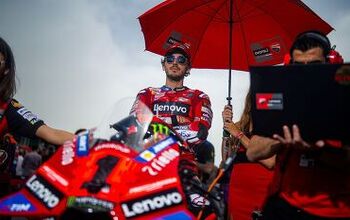
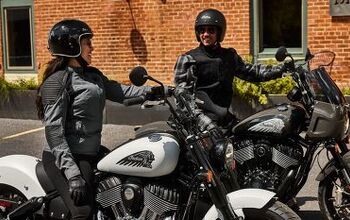
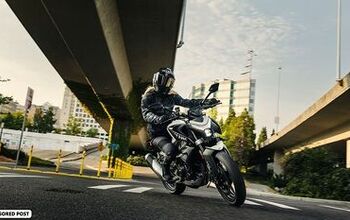
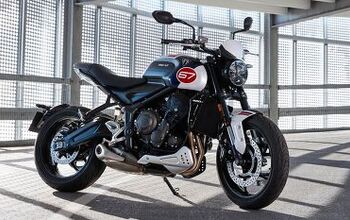
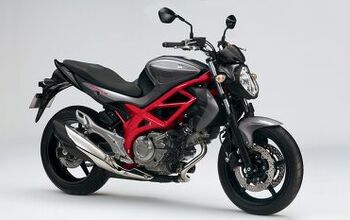
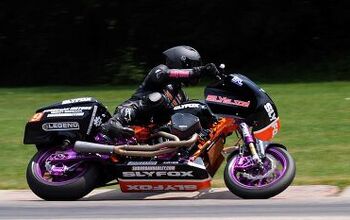
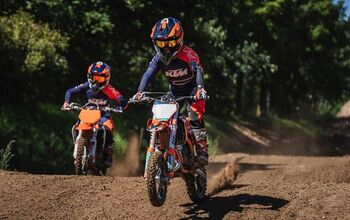
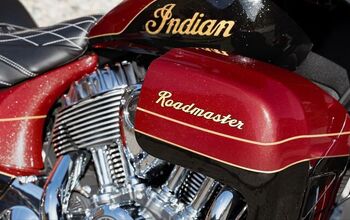
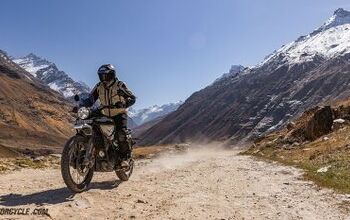
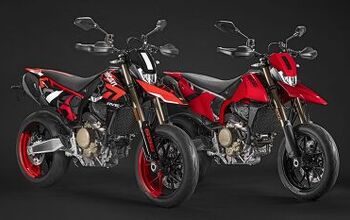
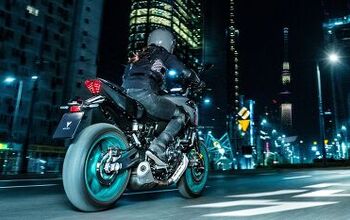
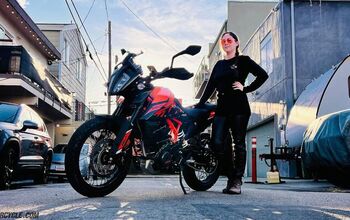
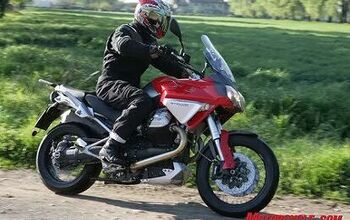
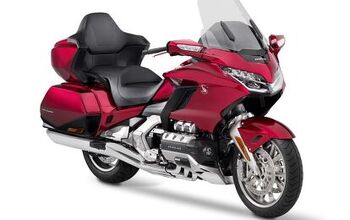
Comments
Join the conversation